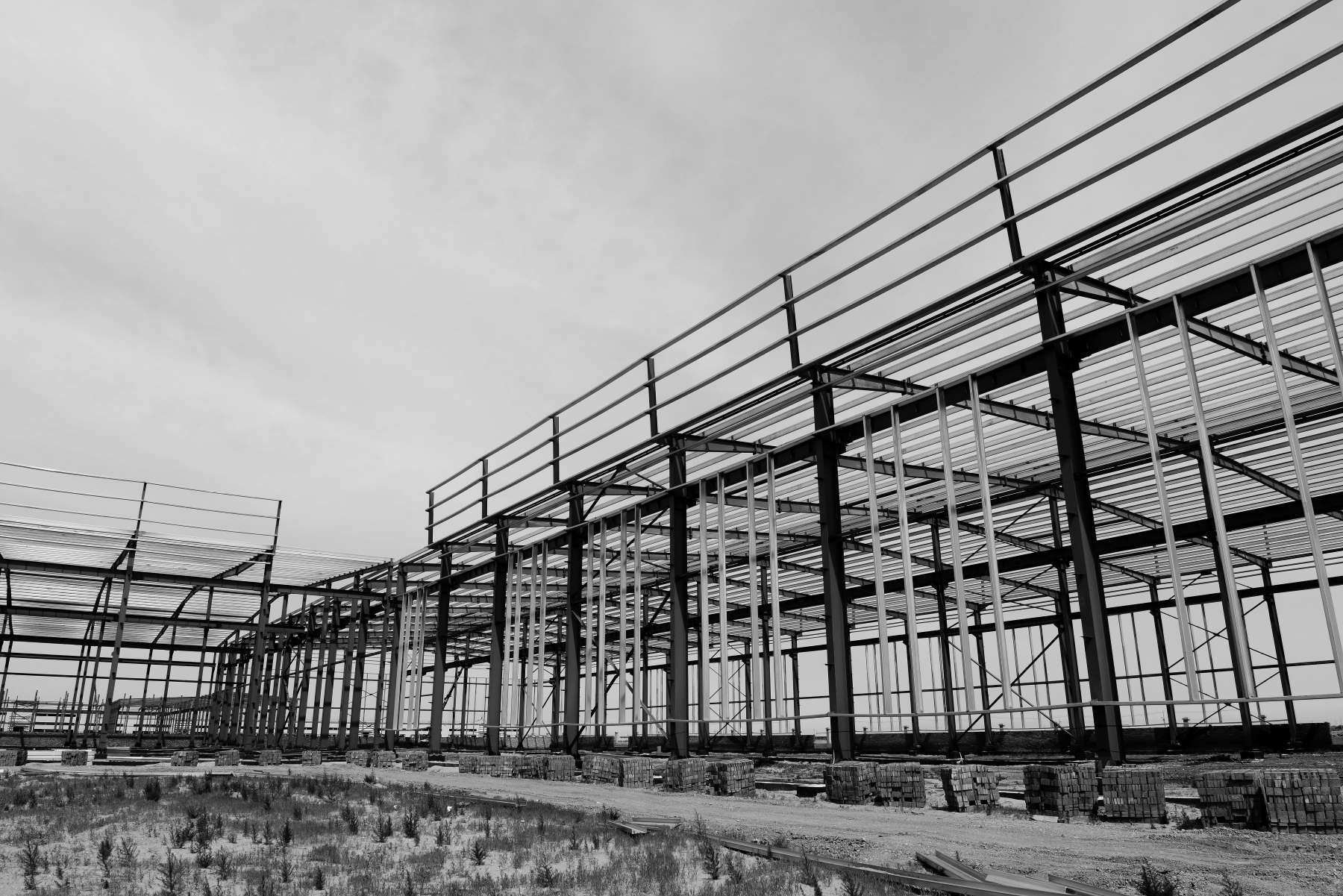
TECTONUS XBRACE
CROSS BRACE ALTERNATIVE
Like conventional cross braces but with 300% more ductility, Tectonus XBRACE represents a value engineering opportunity in low-rise steel frame buildings, new and existing. By reducing demand on structure and foundations, Tectonus XBRACE lowers construction cost, creates useable space, and provides for a more resilient building.
For low-rise steel frame buildings - new/retrofit
- Compatible with all types of tension-only rods
- Range of capacities from 10 to 60 kips / 50 to 250 kN
- Every device is performance tested pre-delivery
- No post-tensioning required on site
- Devices are bolted in place by the site contractor
- No maintenance of the device is required
- No repair or replacement of the device post-event.
XBRACE incorporates the well-proven Tectonus RSFJ technology.
Value Engineering Opportunity
Smart engineers use Tectonus XBRACE to:
- Reduce seismic demand on structure and foundations by up to 300%
- Reduce member thickness
- Potentially remove whole braced bays
- Reduce the number of connections
- Reduce foundation depth and/or potentially the need for piling
- Reduce forces on diaphragm
Tectonus XBRACE has been extensively tested
- Full-scale shake table testing in a 3-storey steel structure
- Large-scale system test as per AISC 341 loading protocol
- Component testing as per ASCE 7-16
Constructability
- Pre-shipment, every Tectonus device is individually performance-tested
- Tension rods and Tectonus devices can be pre-assembled by a sub-contractor or done on-site by the erector
- Connection of Tectonus device to the rod and gusset by bolt or pin
- Installation of the assembly is a two-person lift
- Narrow profile fits within standard wall cavities
- Devices can be color-matched to any scheme
- Fire retardant paint is optional.
Reliable Flag-Shape Behavior
Tectonus XBRACE demonstrates the same hysteresis curve as the RSFJ technology.
- Damping and re-centering
- Up to 20% damping provided
- Rods and connections are capacity designed
- Overstrength factor 1.35
Learn more about the RSFJ technology here.
DESIGN GUIDANCE
To assess project feasibility simply replace the existing brace element with following factors:
- Ductility R=6, RdR0=4, Mu=3.5
- Overstrength of 1.35
There is potential to improve the ductility factor through modeling and analysis.
- Can be modeled in ETABS, SAP2000
- Two major components are modelled in series 1) tension-only rod, and 2) Tectonus RSFJ
- For RSFJ use ‘Damper – Friction Spring’ link element
- Design parameters can be defined using our online calculator
Tectonus offers comprehensive design support services - if at any stage you need help please don't hesitate to get in touch.
Get in touch to schedule a no-obligation discussion about your project.
Available as Ramset ReidBrace Xtrem
In Australia and New Zealand, Tectonus has partnered with Ramset to deliver ReidBrace Xtrem which combines Ramset's ReidBrace system with Tectonus RSFJ.
The combination between the popular ReidBrace System and Tectonus self-centering dampers improves the seismic capacity of ReidBrace by introducing efficient earthquake energy absorption, allowing it to be used in broader building types in high seismic regions.